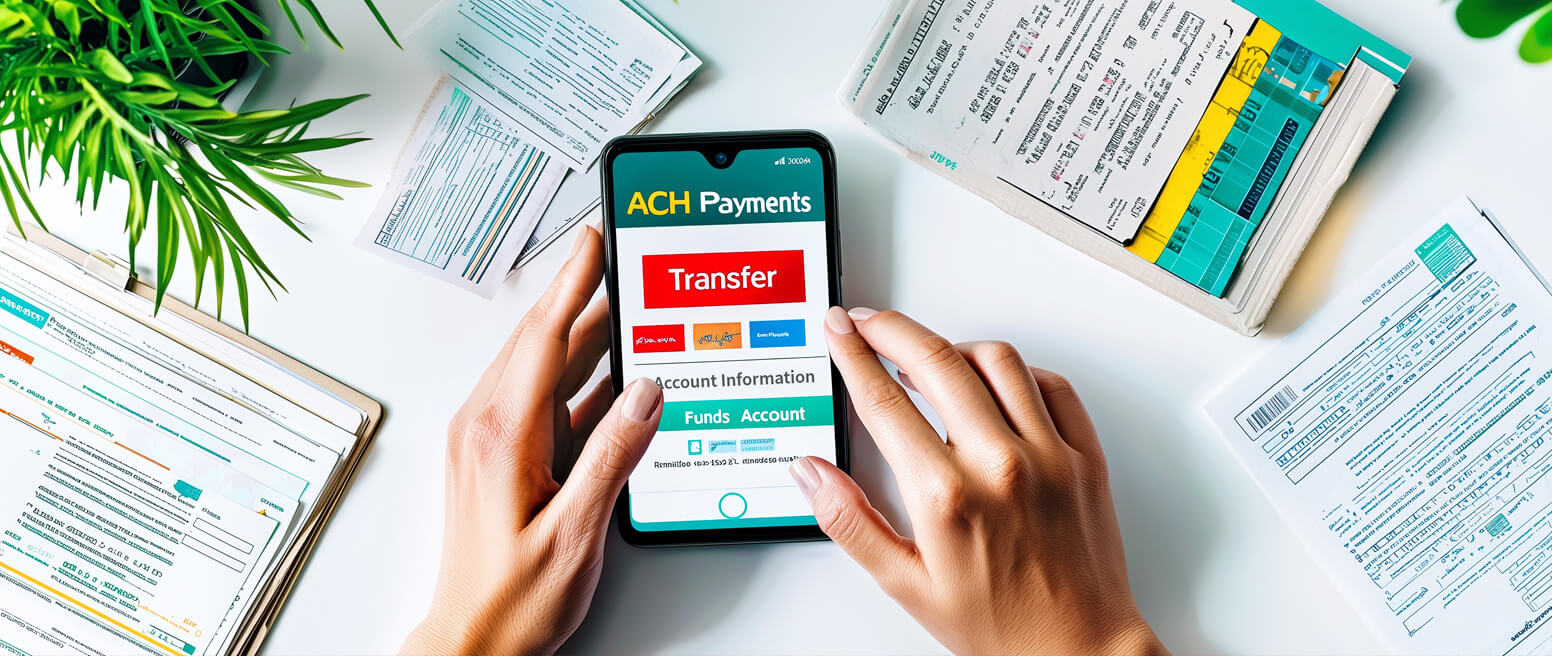Refunds, Authorization Reversals & Chargebacks: How Do Different Payment Reversal Methods Impact Merchants?
From the smallest mom-and-pop store to the biggest, most recognizable retailers in the world, all merchants share a common frustration: payment reversals.
You might have perfect products, flawless processes, and impeccable customer service. Even then, there will always be the occasional customer who is unhappy with a sale, and wants to reverse the charge.
That said, not all payment reversals are created equal. The fallout you experience from a credit reversal will differ depending on the situation. It all depends on how you — and your customer — approach the situation.
In this post, we’ll look at the three basic types of payment reversals. We’ll see why they happen, and how the retailer should respond. Finally, we’ll give you some tips to help avoid reversals in the future.
Recommended reading
- How Do Banks Investigate Disputes on Credit Cards?
- Can You Dispute Apple Cash Transactions?
- The Bank Dispute Process: A Step-by-Step Guide
- Chargeback Disputes: How to Respond to Invalid Chargebacks
- What are ACH Disputes? A Guide for Consumers & Merchants
- Credit vs. Debit Card Disputes: Are They The Same Thing?
What is a Payment Reversal?
- Payment Reversal
“Payment reversal” is a blanket term for any situation in which transaction funds are returned to the cardholder's bank account. Payment reversals are also known as “credit reversals” or a “reversal payment.” Authorization reversals, refunds, and chargebacks are all forms of payment reversals.
[noun]/pā • mənt • rə • vər • səl/
In simple terms, a payment reversal is just what it sounds like: a reversal of a previous payment, most often referring to a credit card transaction. There are several different methods for obtaining a credit card payment reversal. Some are initiated by a cardholder, while others are initiated by a merchant or bank.
Transaction reversals can be frustrating, they aren’t always a bad thing. Done correctly, it can be mutually beneficial and lead to greater customer satisfaction and retention. Other scenarios, however, can cause more damage: credit card reversals forced by chargebacks, for example, typically benefit other stakeholders at the merchant’s expense.
Why Would a Payment Be Reversed?
The reason behind a payment reversal on a credit card is usually linked to which party initiated the process. An issuer might request a reversal due to a merchant error, for instance, whereas a buyer may simply be unhappy with the purchase. There are valid reasons to reverse a charge, as well as invalid ones.
A payment might be reversed because:
- The product is unavailable: The customer made a purchase, but the merchandise is backordered, out of stock, or unavailable for some other reason.
- The retailer made a mistake: The merchant made an error in the transaction process, such as requesting the wrong dollar amount or accidentally processing the order total more than once.
- The buyer is dissatisfied: The customer may have a legitimate issue with the order. Perhaps the wrong item was sent, or the description was misleading or inaccurate.
- The cardholder doesn’t recognize the transaction: Vague billing descriptors may lead to chargebacks because buyers may misidentify legitimate transactions as fraud.
- The buyer was denied a refund: Merchants who are unwilling or unable to provide buyers a refund may expose themselves to chargebacks from disgruntled customers.
- The customer is trying to subvert the system: The buyer may want to secure a refund without going through the return process, or could be deliberately trying to get something for free (cyber shoplifting).
Transactions are generally reversed in one of three ways: an authorization reversal, a refund, or a chargeback. Obviously, none of these are ideal, but some methods are significantly worse than others, especially for merchants. We’ll start with the method that should probably have the least impact on your bottom line.
Payment Reversal Method #1 | Authorization Reversal
In some instances, a transaction can be stopped before processing. This is called an authorization reversal, and it’s the fastest and most straightforward type of payment reversal. Here, the sale is canceled before funds are transferred from the buyer to the seller.
It’s not an ideal solution. From your perspective as a merchant, though, an authorization reversal typically does the least amount of damage. You can issue an authorization reversal by acting quickly, since these holds are a built-in first step in the payment card transaction process.
When you receive authorization, it means you’ve gotten a message from the issuing bank. The authorization message informs you, as well as your payment processor, that the cardholder has the necessary funds or credit available. An authorization hold is then placed on the amount of the transaction. These funds are locked in the buyer’s account and cannot be used, but you haven’t actually received the funds yet.
Authorization reversals result in no interchange fees, shipping fees, or chargeback fees. An authorization reversal effectively voids the temporary hold that was placed on the cardholder's payment method. Unlike a refund or a chargeback, no funds, goods, or services need to change hands.
Learn more about authorization holds
Payment Reversal Method #2 | Refund
Most people understand the basic concept of a refund. A customer is dissatisfied with a purchase and wants their money back. In most cases, the buyer will be required to return the product to the merchant, but they will get their funds returned to them. Simple enough.
Rather than try to “undo” the original transaction, the merchant processes a new one for the same amount, but as a credit, not a debit. Essentially, it’s the same as handling a purchase, but in reverse. The acquirer is transferring previously received funds back to the cardholder’s account as a separate transaction.
Processing refunds can be costly. Not only do you lose friends from the sale, you also lose the interchange fees spent on the transaction, as well as the cost of return shipping. Plus, as huge online retailers like Amazon continue to redefine consumer expectations, shoppers may soon start to expect “returnless refunds.” If so, you could lose the revenue from the order, plus the merchandise itself.
Still, even returnless refunds are preferable to chargebacks, since the former spares you from chargeback fees, which can range from $20 to $100 per occurrence.
Learn more about returns & refundsPayment Reversal Method #3 | Chargeback
If you and the cardholder can’t resolve an issue through either of the first two methods, they may resort to a chargeback to enforce a payment reversal.
Of the three methods for reversing a payment, chargebacks are the worst for merchants. They come with all the negative consequences associated with other credit card payment reversal forms (i.e. lost sales revenue, merchandise, shipping costs, and interchange fees). But, on top of that, chargebacks add a lot more collateral damage.
You’ll get hit with:
- Chargeback Fees: Your bank assesses a fee for each chargeback to cover their administrative costs.
- Reputational Damage: Each chargeback increases the likelihood of subsequent disputes.
- Threats to Sustainability: Excessive chargebacks could result in MID cancellation.
- MATCH Listing: MID cancellation will make it considerably harder to open a standard merchant account. It could even cost you the ability to accept payment cards altogether.
| Payment Reversal Type | Who initiates it? | How long does it take? | Who is involved? | What’s the impact? |
| Authorization Reversals | The merchant | Immediate | The merchant and the cardholder | A merchant potentially loses a sale |
| Refunds | Either the merchant or the cardholder | 5 to 10 business days | The merchant and the cardholder | Merchant loses a sale, shipping fees, and interchange fees |
| Chargebacks | The cardholder | 30 to 60 days; arbitration cases may last longer | The merchant, the cardholder, the issuing bank, the acquiring bank, The card network (in arbitration cases) | Merchant loses a sale, the merchandise, and shipping and interchange fees, and pays a chargeback fee. Can also damage a merchant’s reputation. |
How Long Do Payment Reversals Take?
Payment reversals can be instant, or they can take months to fully resolve. It really depends on the type of reversal in question.
Authorization reversals are instantaneous and, when initiated by the merchant, can happen even without the customer knowing.
Refunds are not as immediate, but still take less time to resolve than chargebacks. This is because they are processed as new transactions in which the acquiring bank transfers money to the cardholder’s account. Customers can expect to get their money back 5 to 10 business days after a refund has been initiated. And, while the refund is in transit, the cardholder’s issuing bank may notify them of a pending credit.
Aside from being the costliest of the three, chargebacks also take the longest time to resolve. This is because merchants fighting chargebacks may wish to present counterevidence and engage in representment, which may take weeks to complete.
Chargebacks cases are mostly resolved within 30 to 60 days. That said, cases appealed through arbitration, or which involve a second-cycle chargeback, may take much longer.
10 Tips to Prevent Payment Reversals
As we’ve stated, even the most foolproof payment system in the world can’t eliminate payment reversals completely. Reversals are often the result of mistakes — made by either the merchant or the cardholder — which are impossible to predict.
Little can be done about customers’ actions, but you can prevent a good number of payment reversals through vigilance and best practices. For example:
Learn more about preventing chargebacksManage Payment Reversals. Save Revenue.
Authorization reversals and refunds aren’t great, but they’re certainly not the worst option.
You have to do what you can to mitigate the risk of reversals, and respond quickly to any inquiries that do get through. You may be able to salvage a sale, or at least avoid the consequences of a payment reversal via chargeback.
Already having problems with disputes? Chargebacks911® offers a comprehensive management platform for prevention and revenue recovery. Contact us today to see how much ROI you can expect.
FAQs
What does a reversal payment mean?
A payment reversal occurs when a credit or debit card transaction is reversed and the funds used in the purchase are returned to the cardholder’s bank account. Payment reversals can take the form of authorization reversals, chargebacks, or refunds.
Is a payment reversal a refund?
No. While a refund is considered a type of payment reversal, the term “payment reversal” is not specific to refunds only. Authorization reversals, in which a sale is canceled before it is completed, is another type of payment reversal. Chargebacks, which are filed by cardholders and issuing banks against merchants, are yet another kind of reversal.
What does payment reversal mean on PayPal?
On PayPal, a payment reversal is known as an ACH reversal or bank reversal. It occurs when a transaction is canceled and the funds involved in the purchase are returned to the cardholder’s payment method.
How long does a bank have to reverse a payment?
The National Automated Clearing House Association (NACHA) requires that banks reverse ACH payments within five business days of the transaction date.
How long does a payment reversal take?
It depends on the method of reversal. Authorization reversals may be settled in as little as 2-4 days, whereas refunds may take longer because of shipping times. Chargebacks take the longest to resolve; they may take up to 90 days to finally resolve.














